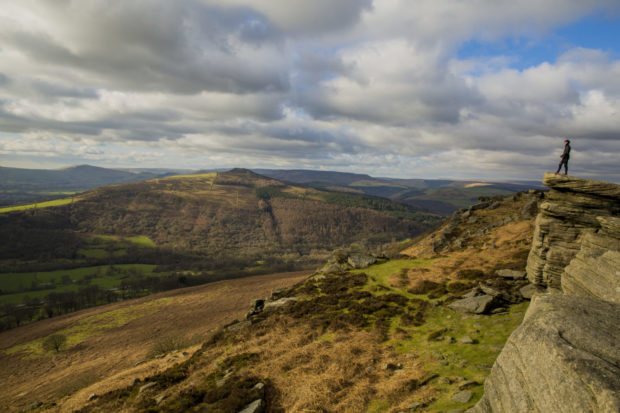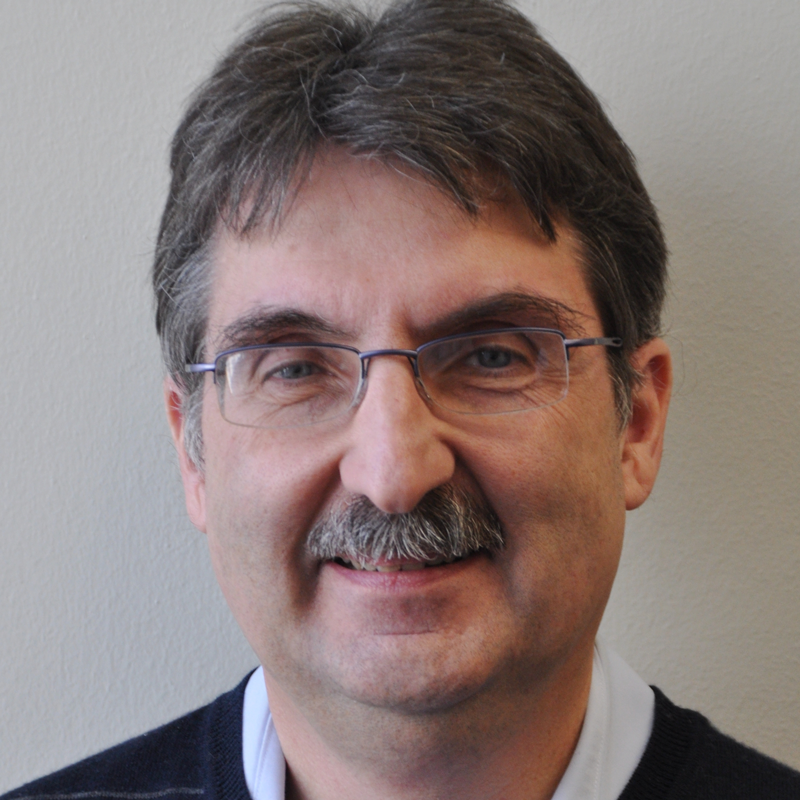
Redistricting efforts are moving forward at various levels of government, and draft maps are currently available. A brief window of opportunity remains for individuals to participate by providing public comment on these drafts with the goal of tightening the proposals to ensure that there is a greater likelihood of our communities being represented by progressives who will look out for the interests of those communities.
State-Level Efforts
The Citizens Redistricting Commission (CRC), which is the proposition-created independent body tasked with drawing districts for the U.S. Congress, the State Senate, the State Assembly and the State Board of Equalization, released its first draft maps for each of those levels of government on June 10.
The first draft maps are available at http://wedrawthelines.ca.gov. (Also on this Web site, you will find archive recordings of all meetings and hearings of the CRC.) The maps require a little study because the CRC has used nicknames rather than numbers to designate the districts, and these maps are not viewable at the street level.
Note that this discussion is relative to the first draft maps. Subsequent drafts could change significantly, especially given some of the criticism that has surfaced in response to the initial draft. For example, the National Association of Latino Elected and Appointed Officials (NALEO) contends that the first draft maps do not take into account the substantial growth in the Latino population over the past decade. There is concern that the proposed districts might violate the 1965 Voting Rights Act.
For the Congressional seats, the proposed changes within Fresno County are significant. Five Congressional districts would come into the county, as opposed to four presently. It might seem as if having five members of Congress representing Fresno County would be a good thing. After all, the State of Alaska only has one. But on closer inspection, it appears that the fragmenting of the county might weaken our influence within each of those districts, most of which will be outside Fresno County.
Within the City of Fresno, the split is actually a logical one. The City of Clovis and most of north Fresno fall into the district nicknamed “FRSNO.” This is closest to the district for which the incumbent is Rep. Devin Nunes (R–Visalia). The western and southeast portions of the city would be in the district called “MRCD” and is closest to the district for which Rep. Dennis Cardoza (D–Merced) is the incumbent. As currently drawn, Rep. Jim Costa (D–Fresno) and Rep. Jeff Denham (R–Atwater) would also reside in the MRCD district.
The current Costa district, nicknamed “KINGS,” moves south of the City of Fresno, takes in the rural western part of the county, all of Kings County (which cannot be split because of Voting Rights Act considerations) and then goes into Kern County.
The other two districts, “FTHLL” and “KR,” split the rural eastern part of the county. Rep. Kevin McCarthy (R–Bakersfield) resides in KR; there is no incumbent in FTHLL.
Practically speaking, this breaks down into three safe Republican districts (FRSNO, FTHLL and KR), one safe Democratic district (MRCD) and one leaning Democratic district (KINGS).
For the State Senate, there appear to be three seats coming into the county. The seat held by Sen. Michael Rubio (D–Bakersfield) would cover much of the same area that it currently does. A substantial part of the county would move into the district now represented by Sen. Jean Fuller (R–Bakersfield). And then there is an odd dip into the rural northwest that would be part of a district called “FOOTH,” in which an incumbent does not currently reside. The likely outcome would be one safe Democratic district and two safe Republican districts.
For the State House, the districts of the two incumbents seem to have become more compact but with little change in demographics. Assembly Member Henry T. Perea (D–Fresno) and Assembly Member Linda Halderman (R–Fresno) appear to be well positioned to keep their seats, one a safe Democratic seat and the other a safe Republican one.
“Anyone who feels the draft maps don’t treat their communities appropriately needs to speak up now,” notes Michelle Romero of the Greenlining Institute. The Institute has set up a number of redistricting centers throughout the state, one of which is in Fresno. The center is located at 1713 Tulare St., Suite 130, and anyone can view and create maps there. Contact Troy Mattson at tmattson@law.berkeley.edu for more information or to make an appointment.
Public comments may be submitted to the CRC by calling 1-866-356-5217, e-mailing votersfirstact@crc.ca.gov or by filling out the online form at http://wedrawthelines.ca.gov. Supplemental attachments are welcome (.pdf and .jpg. formats are supported).
Fresno County Board of Supervisors
The Board of Supervisors named a task force to hold public hearings and develop maps for review by the Board. The task force came up with eight options and elected to pass on four of those options to the Board. The Board is scheduled to hear public comment on the redistricting options at its July 19 meeting. (Visit www.co.fresno.ca.us to access the meeting agenda.)
None of the plans is particularly good, at least for the short term, and will likely ensure a Republican majority through the next two election cycles. However, it appears that three of the districts could have Latino populations of 60% or more, so as voter turnout increases among Latinos there is potential for more representative leadership in these districts.
Fresno City Council
By the time this article is published, the City Council may have already determined its new district boundaries. A proposal was to be on the agenda for public comment on June 23 with a vote scheduled for June 30.
The initial proposal that was provided to the press did not substantially change the existing districts. There were primarily adjustments to make the districts equal in terms of population.
Probably the two most significant proposed changes were a shift of the northern part of District 4 into District 6 so that District 4 would be completely south of Bullard. And District 7, the central city district, has been made more compact, losing some of its northern areas but gaining some areas to the south. Far more than the Board of Supervisors districts, the City Council map offers the potential for some competitive races.
There is still opportunity to provide input to the CRC and before the Board of Supervisors. In addition, redistricting will be taking place at each elective body throughout the county (e.g., town councils, school districts, water districts). Take this opportunity to make your voice heard.

